Spain is a country in the south west corner of Europe. There is a mainland area of Spain and three islands in the Mediterranean Sea, namely
Majorca, Minorca and Ibiza. The Canary Islands, in the Atlantic Ocean, are also part of Spain. Spain also has two cities on the coast of North Africa,
Ceuta and Melilla.
Spain has its south and east coast border on the Mediterranean Sea and its northern border on the Atlantic Ocean.
Mainland Spain is mainly flat with rugged hills. In the north of the country, the Pyrenees mountains are along the border with France.
The geographical coordinates for the centre of Spain, also known as lines of latitude and longitude, are:-
Latitude - 40 00N
Longitude - 4 00W
The capital of Spain is Madrid.
Spain is a parliamentary constitutional monarchy with a King (or Queen) as head of state and a prime minister as head of the government.
The present King is King Felipe VI who took over from his father, King Juan Carlos, who abdicated, which
means he resigned as monarch, in 2014. He is 48 (2017). His heir is Princess Leonor, who is 11 (2017). However, if a male child is born to Felipe VI, that child will
be the heir.
In elections everyone over the age of 18 can vote.
The currency in Spain is the euro. Spain is a member of the European Union, having joined in 1986.
Spanish is the official language.
Check the weather in Madrid now.
This is the time in Madrid now








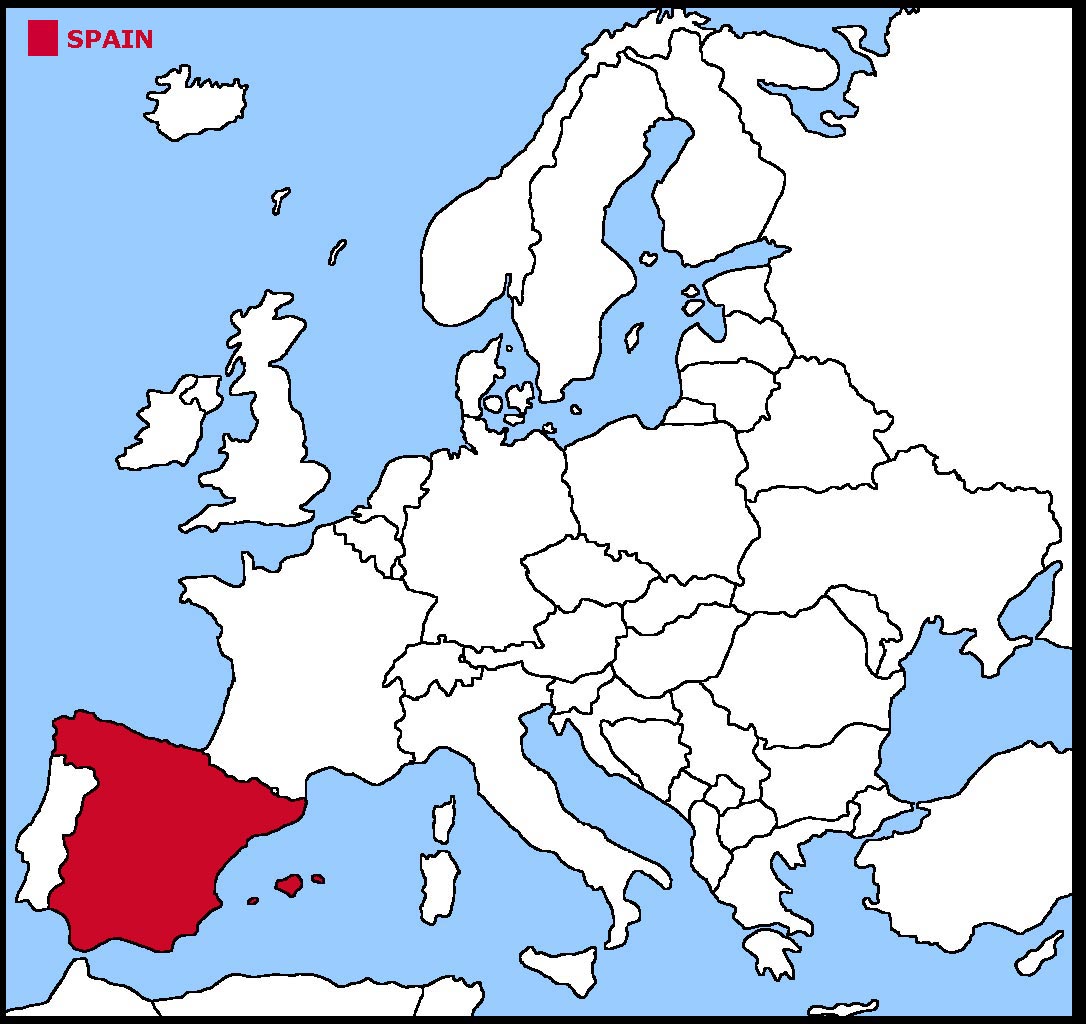

 The Spanish flag is 3 horizontal stripes of
red, yellow and red, with the central yellow band twice as big as the outer red bands. The national coat of arms is on the left side of the flag, closest to the
flagpole. The coat of arms shield has the emblems of the four traditional kingdoms of Spain, clockwise from the upper left these are Castile, Leon, Navarre and
Aragon. The shield is framed by two pillars representing the two sides of the Straits of Gibralter, the western entrance to the Mediterranean Sea.
The Spanish flag is 3 horizontal stripes of
red, yellow and red, with the central yellow band twice as big as the outer red bands. The national coat of arms is on the left side of the flag, closest to the
flagpole. The coat of arms shield has the emblems of the four traditional kingdoms of Spain, clockwise from the upper left these are Castile, Leon, Navarre and
Aragon. The shield is framed by two pillars representing the two sides of the Straits of Gibralter, the western entrance to the Mediterranean Sea.


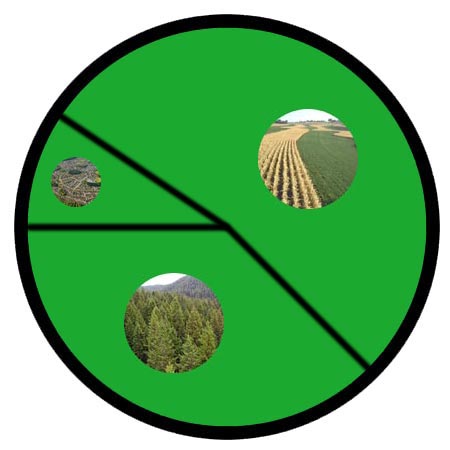

 Each little Owlbut is 1 person and
the big yellow rectangle is 1 sq km. After a while you can compare countries and see which ones are the most crowded. Remember it is only an average as
more people live closer together in towns and cities than in villages out in the country.
Each little Owlbut is 1 person and
the big yellow rectangle is 1 sq km. After a while you can compare countries and see which ones are the most crowded. Remember it is only an average as
more people live closer together in towns and cities than in villages out in the country.
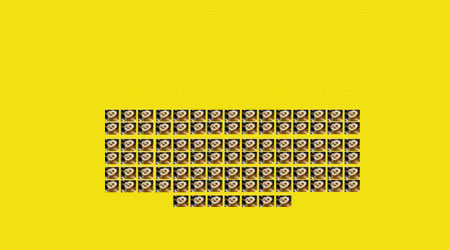

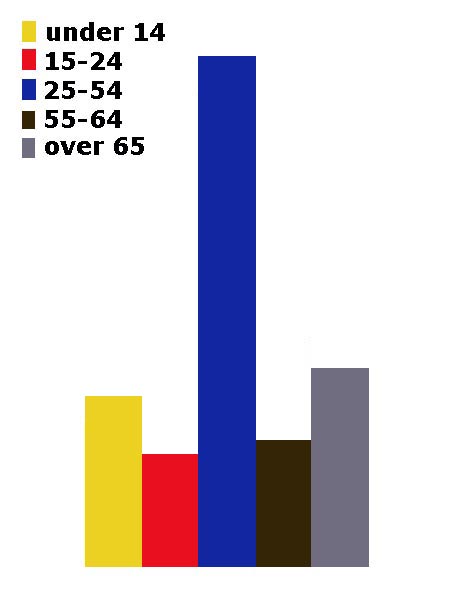
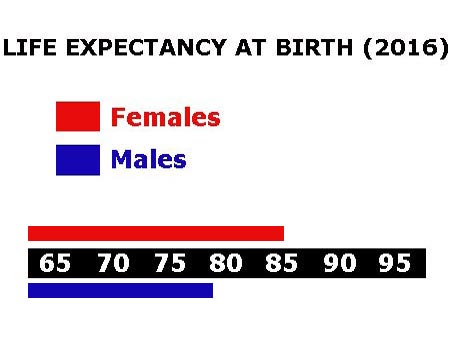

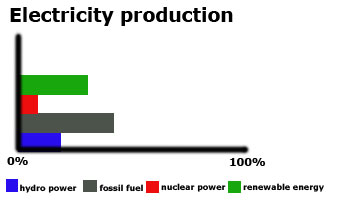

 They work in the following sectors.
They work in the following sectors.



